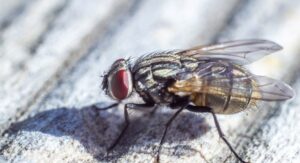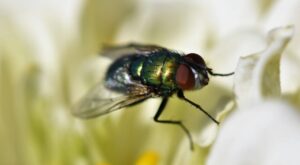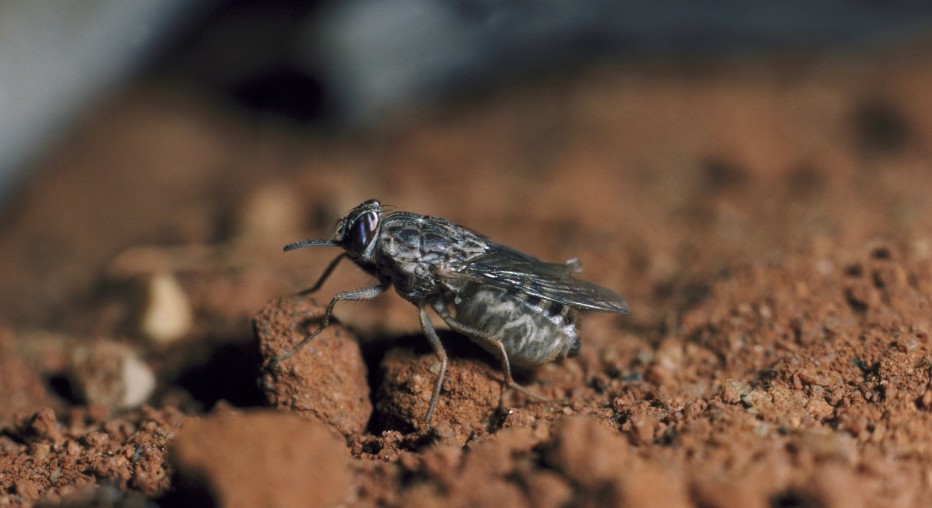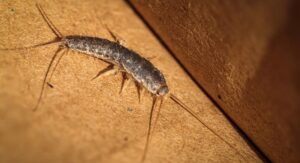Tsetse flies are blood-sucking insects that are found mainly in sub-Saharan Africa. They are notorious for spreading sleeping sickness (trypanosomiasis) in humans and nagana in animals. Due to their ability to transmit these dangerous diseases, controlling and preventing their spread is crucial. In this blog, we will how to get rid of tsetse fly and to prevent them.
What Causes Tsetse Fly Infestation?
Tsetse flies thrive in regions that are home to large populations of wild animals, especially in dense forests, riverbanks, and savannahs. The flies prefer areas with abundant vegetation, as they use the thick vegetation as shelter during the day and a place to rest.

Several factors contribute to the infestation of tsetse flies, including:
- Wildlife Habitats: The flies are drawn to areas where they can find large herbivores, such as antelopes, buffaloes, and elephants, which are their primary sources of blood.
- Water Sources: Tsetse flies are attracted to areas near rivers and lakes, where they can find both water for hydration and large animals to feed on.
- Climate: Warm and humid environments are ideal for tsetse fly reproduction. During the rainy season, the conditions become even more favorable for the flies to multiply.
How to Get Rid of Tsetse Flies?

Getting rid of tsetse flies requires a multifaceted approach. Here are some effective strategies that can help you control and eliminate these dangerous pests:
- Use of Insecticides: Spraying insecticides around affected areas is one of the most common methods of reducing tsetse fly populations. However, care should be taken to ensure that the insecticides used are effective and environmentally friendly.
- Tsetse Fly Traps: Traps designed specifically for tsetse flies use a combination of visual and chemical attractants to lure flies and trap them. These traps are strategically placed in areas where tsetse fly activity is most prevalent.
- Clearing Vegetation: Tsetse flies use dense vegetation for shelter during the day, so clearing bushy areas, especially around water bodies, can help reduce their habitat.
- Protective Clothing and Repellents: For individuals working in tsetse fly-prone areas, wearing protective clothing and using insect repellents can help reduce the risk of bites.
- Biological Control: Introducing natural predators or parasites that target tsetse flies can help reduce their population. For instance, certain species of parasitic wasps are known to lay their eggs inside tsetse fly pupae, which can reduce the number of adult flies.
Conclusion
Tsetse flies pose a serious threat to humans and animals due to their ability to spread deadly diseases. While preventive measures like traps, insecticides, and clearing vegetation can help, infestations may return if not properly managed. If you experience a recurring tsetse fly problem, it’s best to seek professional pest control services.






